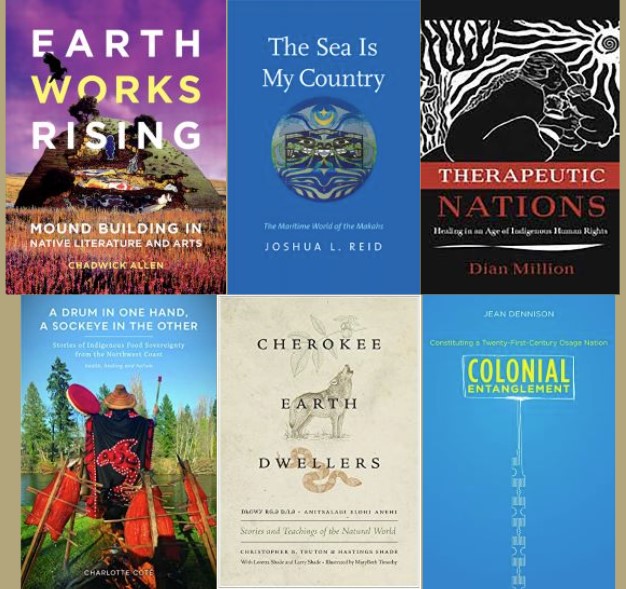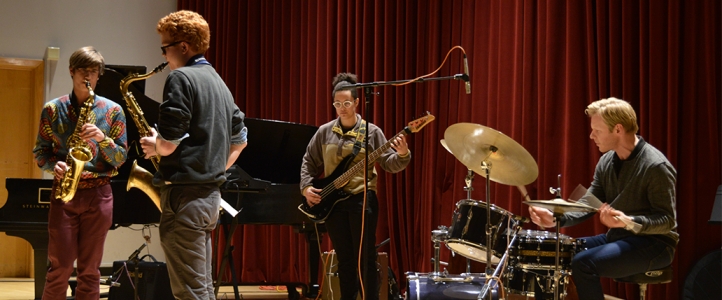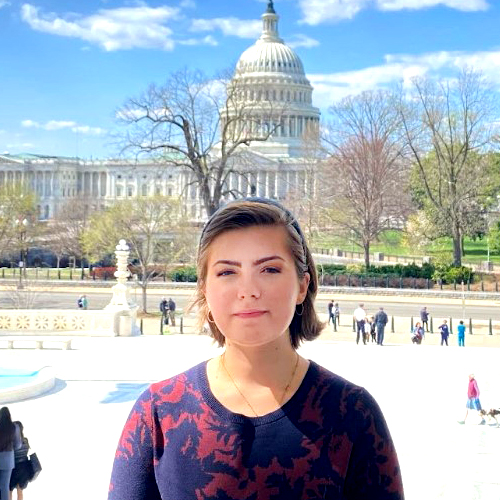-

Honoring American Indian and Alaska Native Heritage Month
In honor of American Indian and Alaska Native Heritage Month, deepen your learning in American Indian studies, make connections on campus, and celebrate the work of the University of Washington Seattle's College of Arts & Sciences faculty, staff, students and alumni.
11/14/2022 | College of Arts & Sciences -
The rise of true crime media
As true crime takes over our streaming services, it leads us to wonder — what’s up with our fascination with true crime? According to Stephen Groening, an associate professor in the department of cinema & media studies, there are two types of true crime media. Writer Hannah Bahram investigates the popularity of true crime media over the past few years.
11/11/2022 | The Daily -

ArtSci Roundup: Book Talk with Cathy Davidson, Poetry with Ricardo Ruiz, Jazz Innovations with School of Music faculty and students, and more.
Through public events and exhibitions, connect with the UW community every week! Autumn Quarter: The Big Read: The New Education by Cathy Davidson The College of Arts & Sciences is launching its âRethinking the Academyâ initiative by inviting students, faculty, and staff to join a campus-wide reading experience, followed by conversations about how we can...11/10/2022 | UW News -
Longtime director of the Henry Art Gallery retires
At the beginning of September, it was announced that Sylvia Wolf, the director of the Henry Art Gallery since 2008, will be retiring. in spring 2023. Across her career, Wolf held a distinct and profound love for the gallery, as well as the university and city with which the gallery’s art, artists, and curators are in relentless dialogue.
11/10/2022 | The Daily -
The paradox of ‘Mary Sue’
A look at the origin, evolution, and discourse of the archetype. Regina Yung Lee, associate teaching professor of gender, women & sexuality studies, said in an email. “[She] is considered a hallmark of bad fan fiction.”
Lee, who teaches “Introduction to Gender and Fandom,” explains that this term has evolved to become attached to almost every original female character.
11/10/2022 | The Daily -
A ‘T. rex rotisserie’ and other favorites from a Burke Museum staffer
The Seattle Times goes behind the scenes with a Burke Museum staffer to share memories and experience the new "Inside Out" exhibits.
11/09/2022 | The Seattle Times -
We've got this amazing resource that we want to share
After committing to a new biology building in 2010, years of planning, relocation, and construction have culminated in the newly constructed greenhouse, and its doors are almost ready to open again. Taking the place of the old Botany Greenhouse, demolished in 2016, the new structure is located within the Life Sciences Building and, starting Dec. 1, will be open to the public on Thursdays from noon to 4 p.m.
11/07/2022 | The Daily -

ArtSci Roundup: Assessing the 2022 Midterm Election Results With Implications for the Next Two Years and for 2024, Empires Strick Back: Football and Colonialism, and more
Through public events and exhibitions, connect with the UW community every week! Highlights of current and upcoming exhibitions:Â October 27 – November 23 | Miha Sarani: Amends, Art Building The Jacob Lawrence Gallery is pleased to host Seattle artist Miha Sarani. This exhibition is a broad survey of Sarani’s work, focusing on portraiture while also...11/03/2022 | UW News -

My Memorable DC Internship
As a Congressional intern in Washington DC, UW senior Lillian Williamson was immersed in historic — and contentious — events on Capitol Hill.
November 2022 Perspectives -
Imagining Trans Futures research cluster holds Asian American health care symposium
This week, the Imagining Trans Futures cross-disciplinary research cluster is hosting an academic symposium to bring together scholars, artists, and leaders in the transgender and Asian American communities.
11/02/2022 | The Daily
